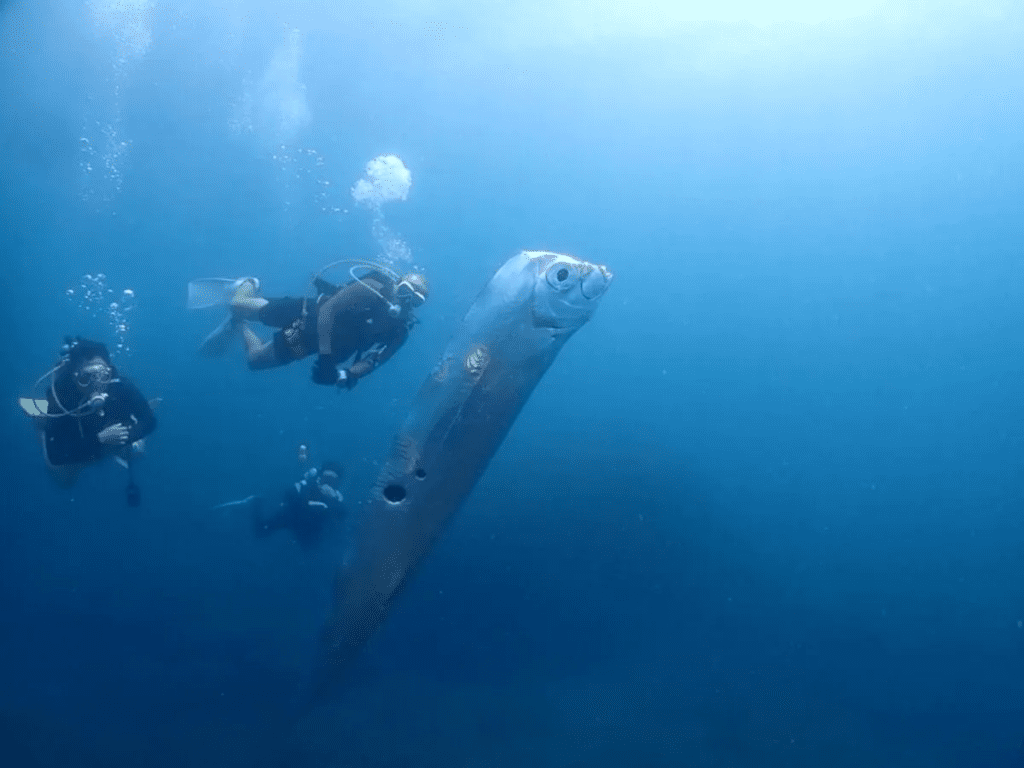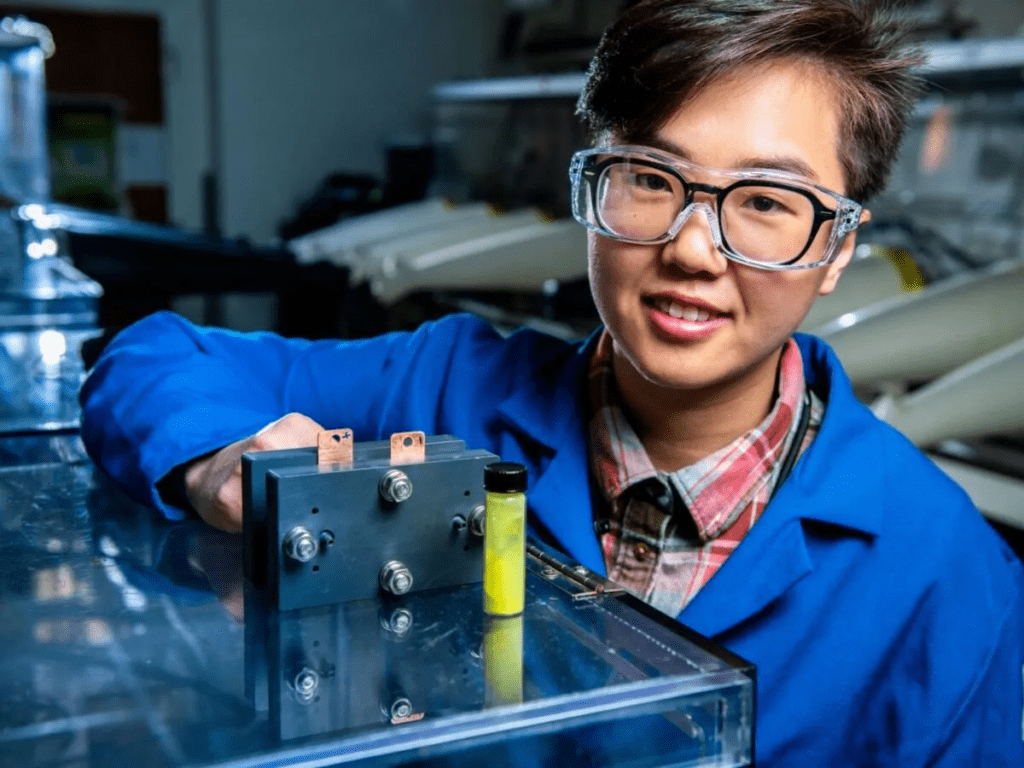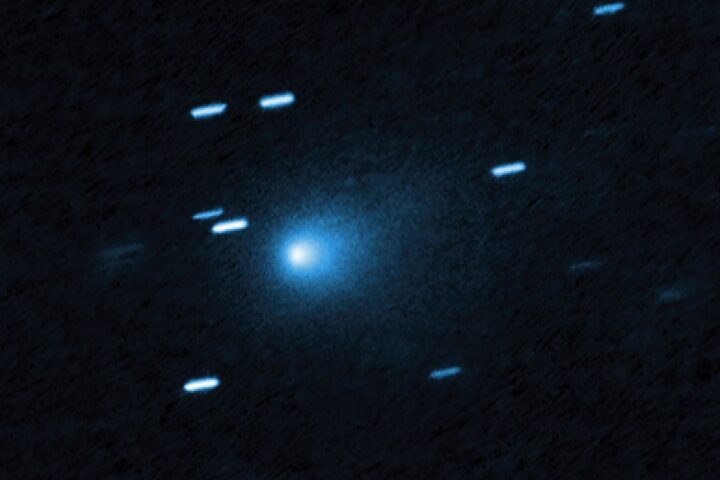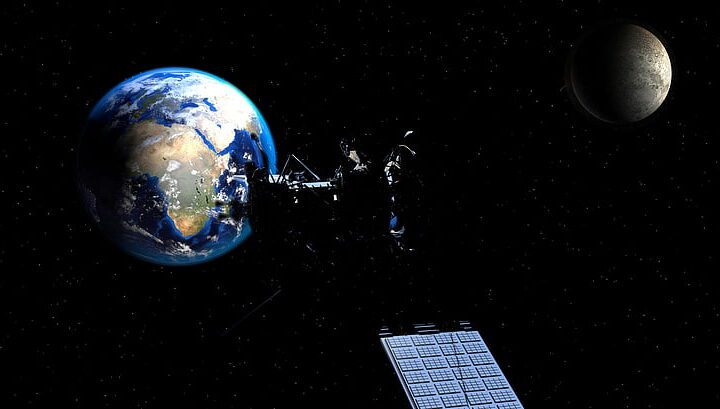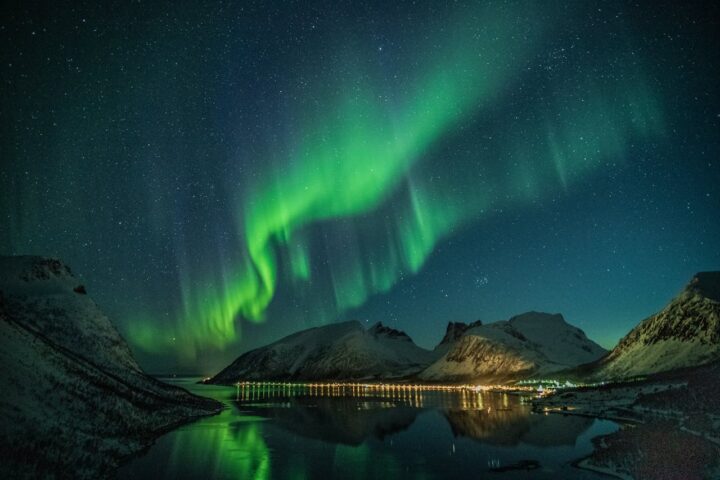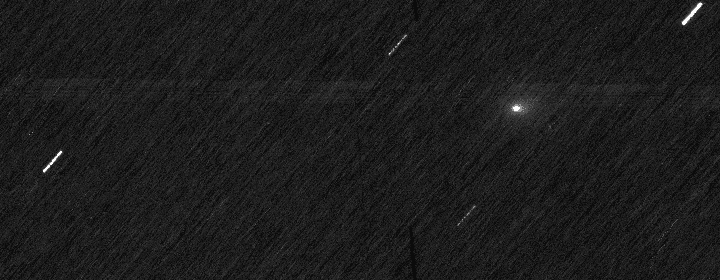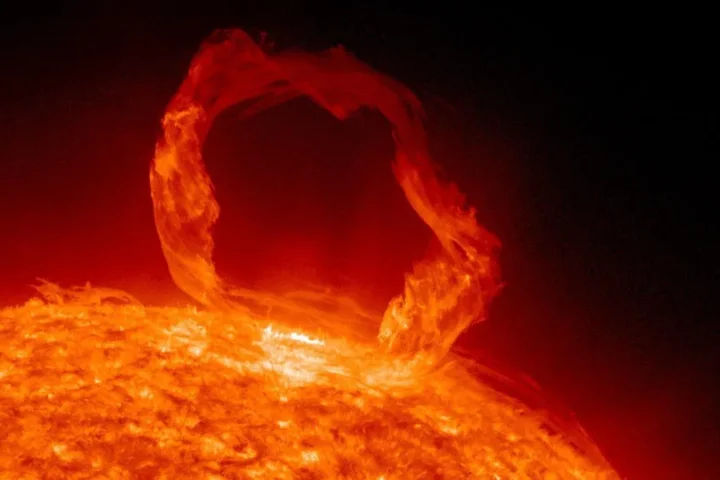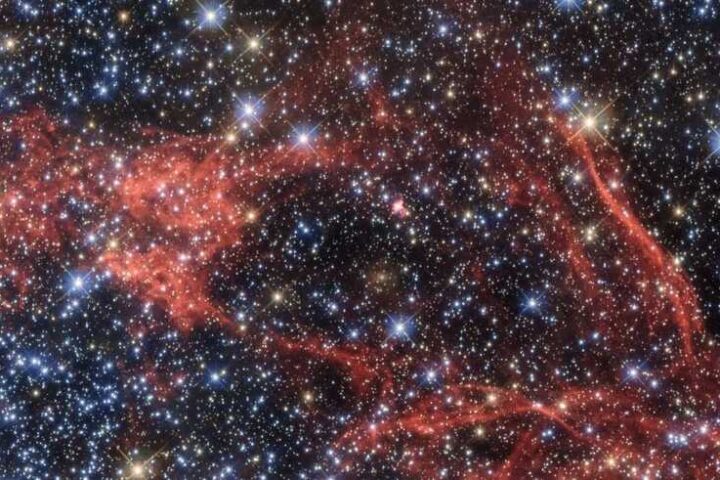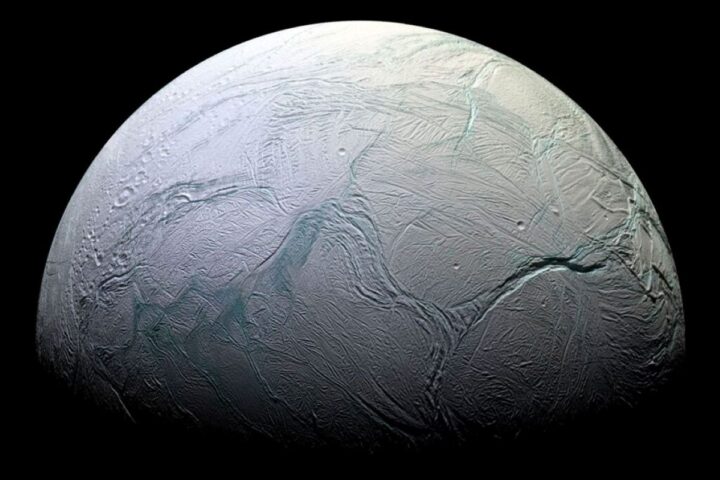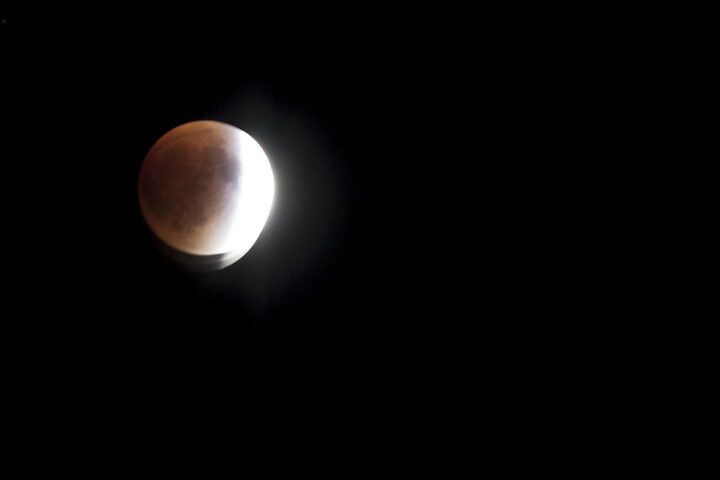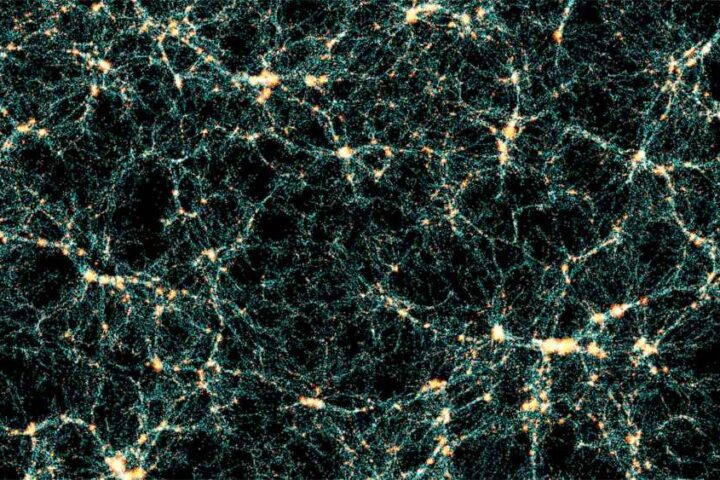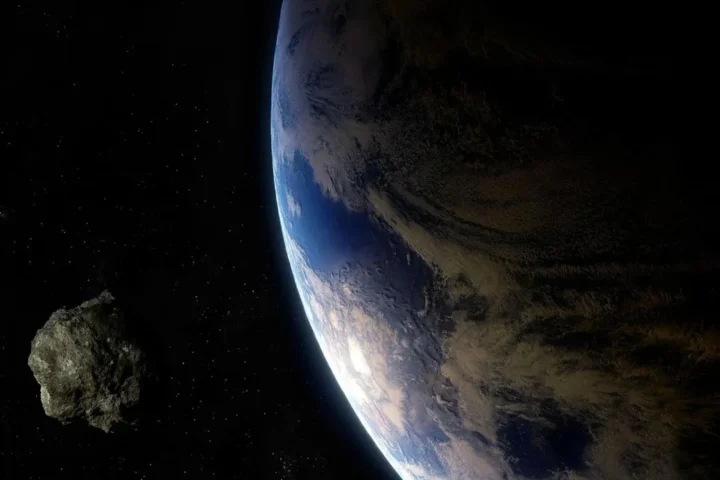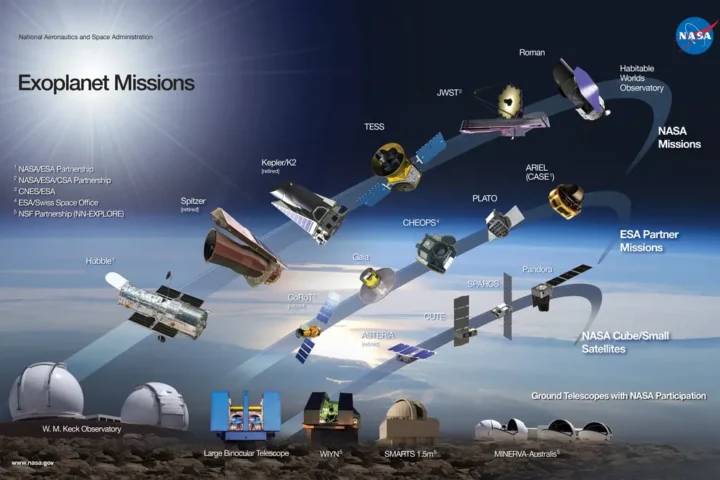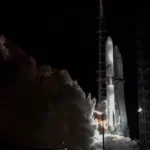The destruction of a single satellite can result in a series of collisions and endless space debris, known as the Kessler syndrome. A malfunctioning satellite exploded into dangerous debris during a Russian anti-satellite missile test in the year 2021. Debris from the explosion posed a serious threat to China’s Tiangong space station and NASA’s International Space Station. In response to the probable impact of the debris, astronauts on board the ISS were alerted and had to take the necessary precautions. The United Nations halted the testing of anti-satellite weapons due to the outcome of the 2021 event, which demonstrated the significant risk. The fiery detonation that destroyed the satellite scattered debris, including pieces exceeding 10 centimeters, which is considered fatal in space. The explosion scattered debris from 300 to 1,100 miles away, threatening other satellites and spacecraft in orbit.
Due to the Kessler syndrome, which was set forth by NASA scientist Donald Kessler, low Earth orbit may become inhospitable in about forty years because of the continuous collisions and debris from space. The Kessler syndrome, proposed by NASA scientist Donald Kessler, suggests that ongoing collisions and space debris could render low Earth orbit unusable in about 40 years. If the Kessler syndrome occurs, it could result in the destruction of all satellites, leading to the loss of communication systems, GPS, power grids, and more. The ban on testing anti-satellite weapons is an added layer of protection on top of the Outer Space Treaty of 1967. Due to the critical risks, several countries and space agencies condemned Russia’s anti-satellite missile test. Larger than 1-centimeter pieces of debris can take up to a thousand years to fade away. The issue of space debris limits the launch of freshly developed satellites and poses economic risks.
The militarization of space is growing into an arms race among satellite-capable countries. Precision munitions used in surface wars rely on satellites, making them high-value targets in a conflict. It is difficult to outlaw space-based anti-satellite weapons because any satellite with propulsion may be deployed for this function. Rendezvous and Proximity Operations (RPO) satellites can be used to boost decaying satellites and remove space debris. With mutual assured destruction, the presence of arms satellites in space can be compared to a nuclear exchange on a terrestrial surface. A dispute in space would have catastrophic impacts on Earth’s orbital environment, rendering it unsuitable for human activity. It is hard to monitor and locate potential ASATS in space, particularly with the rising number of RPO spacecraft. Banning or limiting the weaponization of outer space is extremely difficult due to the characteristics of the space environment.
Similar Post
Mass in space can be used as a potential weapon due to high velocities, making it challenging to track and monitor intent. The nuclear arms race and the concept of mutual assured destruction have helped prevent nuclear wars between superpowers. It is crucial for nations to consider the dire consequences and uncontrollable nature of space warfare as they expand their military capabilities in space. Monitoring space activities and preventing satellite warfare requires international cooperation and comprehensive agreements. The exploitation and degradation of Earth’s orbital space due to debris and space warfare resemble a tragedy of the commons. The risks associated with the weaponization of outer space highlight the need for responsible behavior and a focus on preserving space for peaceful purposes. It is essential for nations to recognize the potential catastrophic outcomes of space warfare and prioritize the peaceful exploration and use of outer space.

